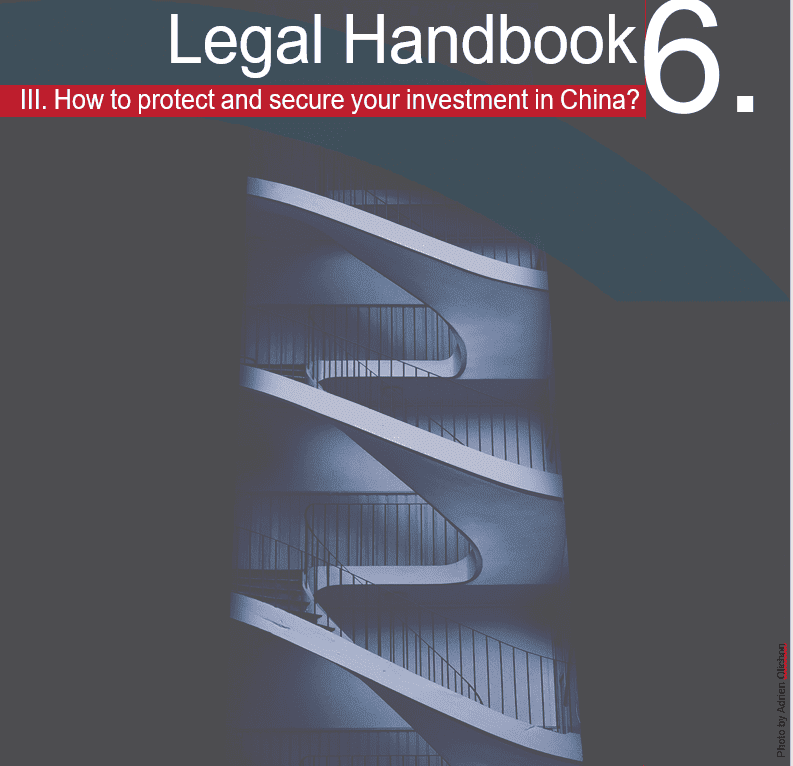On January 31, 2020, the World Health Organization (“WHO”) has announced the outbreak of novel coronavirus (COVID-19), as a “Public Health Emergency of Concern”. In order to reduce people’s mobility and to curb the epidemic spread, PRC authorities have issued various notices and rules regarding the cessation of work during the outbreak and stabilization of employment relations.
On January 27, 2020, the PRC State Council issued a notice[1] to extend the Chinese New Year holidays for seven days (i.e. until February 2, 2020 included), following which some local government departments such as Shanghai, announced one after another that companies within their jurisdictions cannot resume work before February 10, 2020.
According to reports published by the WHO, during the week of February 24, 2020, the COVID-19 passed an inflection point, with more new cases outside China than in China for the first time; and on March 20, 2020, China did not report any new local cases, the first time since the outbreak began.
We observe that the situation in the PRC has stabilized with the implementation of extraordinary public health measures. PRC companies and factories located outside of Hubei province are gradually resuming work and production since February 10, 2020, depending on regional variations.
During the week of March 2, 2020, media considered that nearly 300 million people were back to work in China. President Xi Jinping visited Wuhan on March 10, 2020 for the first time since the epidemic began and declared that the disease was “basically curbed” there. Key industries in Wuhan are set to resume, with workers receiving the official authorization to return to work. Industries crucial to national or global supply chains will require permission from relevant authorities before they can resume production.
According to several experts including McKinsey, China is expected to achieve a near-complete economic restart by April 2020. Restart of economic activity in Hubei, China, which has been deeply impacted by the crisis, is expected to be achieved by June 2020. Given the relatively quick economic restart in China, we observe that many companies are focused on temporary stabilization measures, such as protecting employees, preserving customer loyalty, etc., rather than a complete restructuring of their operations.
PRC labor laws and regulations published to limit the economic impacts of the COVID-19 outbreak
Dealing with employment relationships. On February 7, 2020, the PRC Ministry of Human Resources and Social Security has issued the Opinions on Stabilizing Employment Relationship during the Period for Prevention and Control of the Novel Coronavirus-infected Pneumonia Epidemic to Support Enterprises in Resuming Work and Production (the “Opinions”). In line with what we commonly observe in Shanghai, such Opinions especially encourage employers to:
Local regulators have issued various similar notices in this regard in Shanghai and Guangdong province[2], for example. It is generally provided that enterprises may negotiate with the employees for a flexible arrangement, for example, remote working, working hours (for example, avoiding peak times for work), annual leaves, etc., and try their best to avoid or reduce layoffs. Some of the benefits proposed to the companies such as the ones related to employees and employer social charges during the crisis are subject to absence of any reduction of workforce in 2020.
Companies are not recommended by the Chinese authorities to take any of the above actions without proper negotiation with the employees. It means that all these changes must be negotiated on a case-by-case basis with each employee.
Therefore, the COVID-19 outbreak did not trigger change or exceptions to the PRC labor laws: the principle of mutual individual negotiation between the employer and the employee when revising major terms of the employment contract or when terminating the employment contract is still applicable and strongly encouraged by the PRC government.
In addition, the PRC regulations set up a protective regime to prohibit the termination of employment due to absence generated by imposed isolation period or travel ban.
Governmental incentives. Different local governments such as Beijing, Shanghai municipalities and Guangdong province have issued incentives to reduce the burden of the COVID-19 crisis on enterprises. For example, Shanghai Municipal Human Resources and Social Security Bureau has issued the following main measures[3]:
Please note that each district/city/province/region may apply different rules and implementation. It is advised to carefully check which measures are implemented at the local level.
Rules applying to mass layoff in China
General rules applying to mass layoff. China Labor Contract Law has set forth the conditions to carry out a personnel cutback involving at least 20 persons or a personnel cutback involving less than 20 persons but accounting for at least 10% of the enterprise’s workforce. For example, according to the Law, a mass layoff could be conducted if the employer is experiencing serious difficulties in its production and operations – please note that there is no guidance to appreciate such criteria.
In such case, the employer shall present the circumstances to the labor union or all of the staff and employees 30 days before submitting its report to the labor bureau, obtain the written opinion of the employees representative or of the labor union, report its personnel cutback plan to the labor administrative department and pay a severance pay in consideration of termination.
Several reporting and planning shall be done to the Labor bureau which is expected to issue a written receipt, according to various local regulations.
Consequences of an illegal downsizing. The reporting done by the employer to the labor bureau is for registration and not for approval from the labor bureau. However, the labor bureau may refuse to issue the written receipt of the report and order the employer to rectify its project.
According to our experience and to our consultations with our contacts with several labor bureaus in China, the administration involved may refuse to issue written receipt due to strict appreciation of the reporting done, which may postpone or block the mass lay-off procedure. Companies still negotiate with each of their employees a mutual termination agreement in case of mass lay off.
Termination of labor contract for change of circumstances
According to Article 40(3) of the Law, an employer may terminate a labor contract if “the objective conditions taken as the basis for conclusion of the labor contract have greatly changed, so that the original labor contract cannot be performed” after negotiation with the employee for amending the labor contract.
Since the implementation of the Law, the PRC courts have considered that the following events may lead to applying article 40(3) of the Law: a merger, a corporate asset transfer (change of production, significant technological reform or change of mode of operation, for example) and corporate relocation to another city, still to be negotiated with each employee and on a case-by-case basis.
Up to now, economic difficulties due to the COVID-19 outbreak have not been considered as an objective condition by the PRC courts to terminate an employee. The Law requires to carry out proper negotiation with the employee to amend the labor contract and continue the employment.
Despite the difficult times, we do not see any additional flexibility given to companies to terminate employees for economic reasons. Financial difficulties are still not recognized as a legal ground for termination of labor contracts. The PRC government is still encouraging companies to preserve employment and negotiate adjustments to working organization based on negotiations with employees. If no other option is possible, companies should still proceed with mutual termination with each employee and avoid unilateral termination which would result in a mass lay-off.
Would you like to know more? why don’t you contact Bruno Grangier – Partner or Chloe Voratanouvong.






